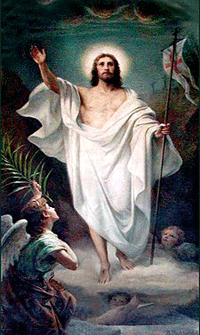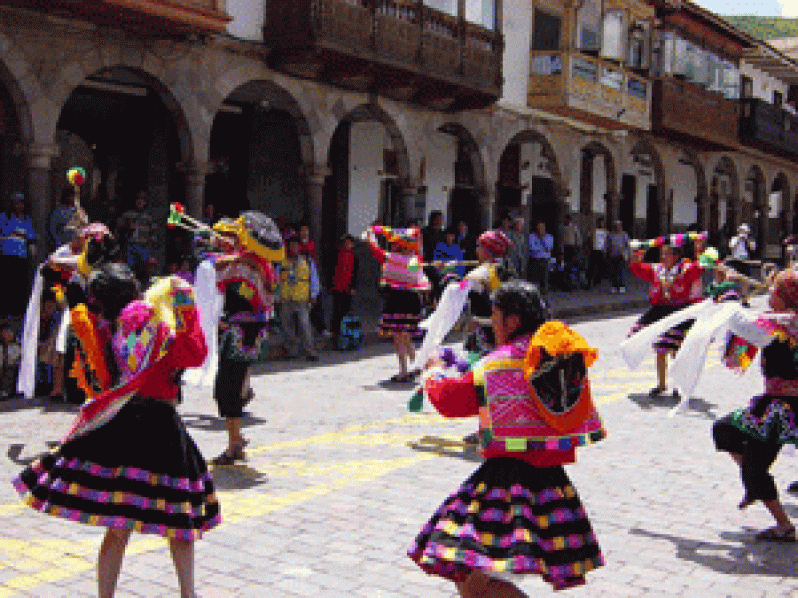–though celebrated on different dates, in different parts of the world
EASTER has been described as “a moveable feast” because, instead of being observed on a fixed day, Easter Sunday is observed anytime within a 35-day period between March 22 and April 25. This is quite unlike Christmas.
But another peculiarity of Easter is that it is also a multiple holiday.

Similarities
It should be noted firstly that the Eastern Orthodox Church is the second largest Christian denomination in the world, with an estimated 300 million adherents living mainly in the countries of Belarus, Bulgaria, Cyprus, Georgia, Greece, Macedonia, Moldova, Montenegro, Romania, Russia, Serbia, and Ukraine.
Western Christianity is predominantly practised in most of Western, Northern, Central, Southern, and parts of Eastern Europe; ancient Northern Africa and Southern Africa; and throughout Australia and the Western Hemisphere. Yet, in most years, Western Christian churches and Eastern Orthodox churches celebrate Easter on different dates.
In 2011, both celebrations occurred on the same date — April 24. But in 2012, for example, Easter will be celebrated on April 8 by Western churches, and April 15 by Eastern churches.
The formula for Easter, namely “The first Sunday after the first full moon on or after the spring equinox” is identical for both Western and Orthodox Easters. By definition, an equinox is a biannual period in the orbit of Earth when its position causes the Sun to pass directly over the Equator.
Because the Sun is positioned above the Equator, day and night are about equal in length all over the world during an equinox. On Earth, equinoxes appear twice each year. The vernal, or spring, equinox, appears on March 20 to usher in the season of spring in temperate zones; and the autumnal equinox appears on September 22 to usher in the season of autumn.
Differences
The differences in the dates of Easter arise because the churches base their dates on different calendars. Western churches use the Gregorian Calendar established by Pope Gregory XIII in 1852, and now the standard calendar for much of the world; while Orthodox churches use the older Julian Calendar, established by Roman Emperor Julius Caesar.
With the Julian Calendar, the spring and fall equinoxes and the seasons arrived 11 minutes earlier each year.
By 1500, the vernal equinox had fallen back to March 11 in chilly midwinter, as seen by Pope Gregory, creating conditions inconsistent with those at the time of the Resurrection of the Christ.
The Western church does not use the actual, or astronomically correct date for the vernal equinox, but a fixed date (March 21). And by “full moon”, it does not mean the astronomical full moon but the “ecclesiastical moon”, which is based on tables created by the Church.
These constructs by Pope Gregory XIII allow the date of Easter to be calculated in advance, rather than determined by actual astronomical observances which are naturally less predictable.
The Eastern Churches have, however, rejected the Gregorian Calendar, and have set the date of Easter according to the actual astronomical full moon and the actual spring equinox, as observed along the meridian of Jerusalem, site of the Crucifixion and Resurrection.
The Eastern Orthodox Church applies the formula, so that Easter always falls after Passover, since the Crucifixion and Resurrection of the Christ took place after He had entered Jerusalem to celebrate Passover.
In the Western Church, Easter sometimes precedes Passover by weeks.
Irreconcilable
In an effort to reconcile the differences between the East and West, the Council of World Churches met in Aleppo, Syria from March 5–10, 1997, and proposed a solution which recommended that both methods of calculating the equinox and the paschal full moon would be replaced with the most advanced, astronomically accurate calculations available, using the meridian of Jerusalem as the point of measure. The meeting ended with that recommendation being rejected by some Churches
As can be seen this year, Western Churches will be observing Easter 2012 today (April 8), while Eastern Churches will be observing Easter 2012 next Sunday (April 15), so the difference remains.
Easter remains not only a moveable feast, but a multiple and somewhat controversial one.
It should, however, be noted that this peculiarity takes nothing away from the fervent and devoted manner in which Easter is observed by millions of Christians in both the Eastern and Western parts of the world, even though these celebrations occur on different dates, unlike Christmas celebrations.



.jpg)











